Primary Source Sets
The Minnesota Digital Library (MDL) Primary Source Sets are designed to help students develop critical thinking skills by exploring a variety of topics related to Minnesota’s history and culture. Using both primary and secondary sources, these sets bring together resources in new ways to help students better understand historic events in their context.
Drawing materials from libraries, archives, and museums across Minnesota, these sets use letters, photographs, advertisements, oral histories, postcards, newsletters, speeches, and more. Each set includes a topic overview, ten to twenty primary sources from the MDL collection, links to related resources, and a section called “Think Like a Historian” which offers discussion questions and classroom activities. We invite educators and researchers to use these primary source sets in their teaching and learning.
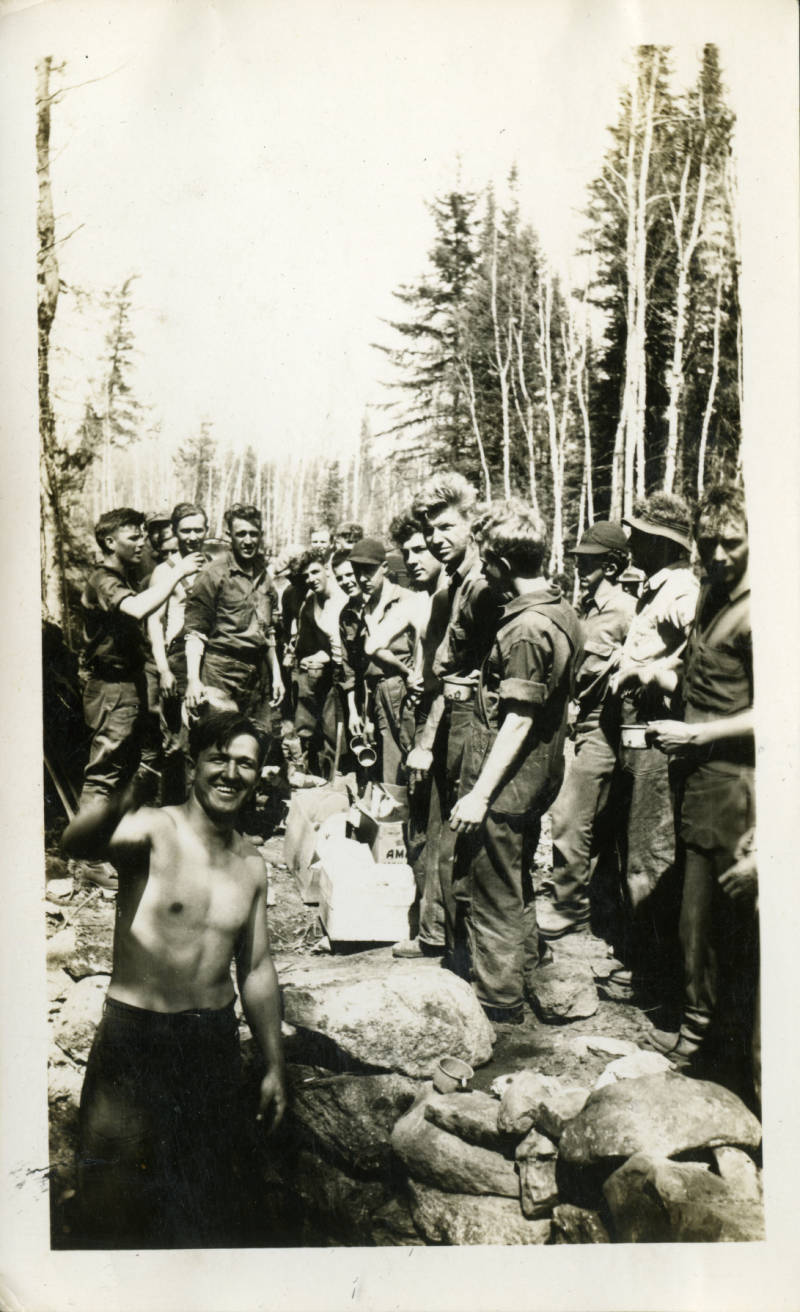
Civilian Conservation Corps in Minnesota
The Civilian Conservation Corps (CCC) was a work relief program started in 1933; Minnesota's 148 camps had over 70,000 workers.
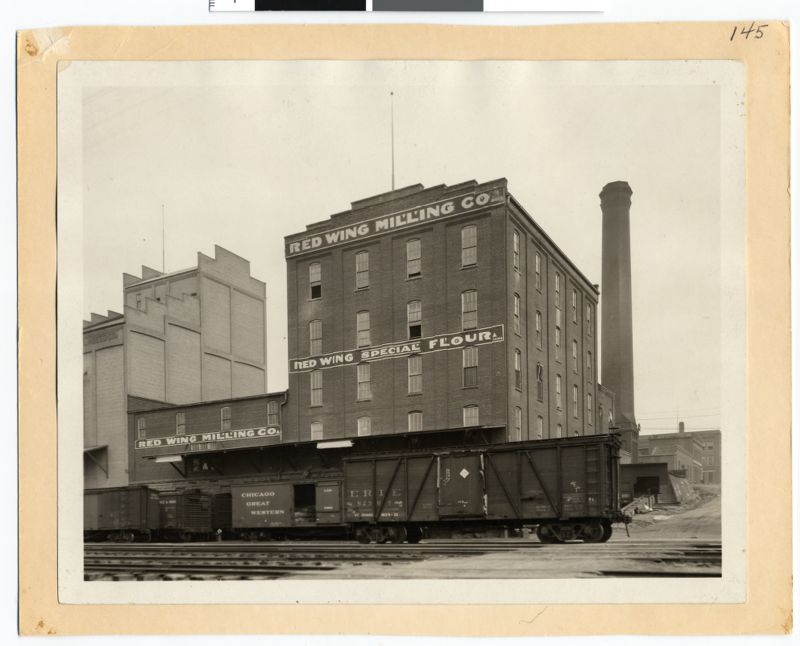
Flour Milling in Minnesota
Learn about the development and significance of milling in Minnesota
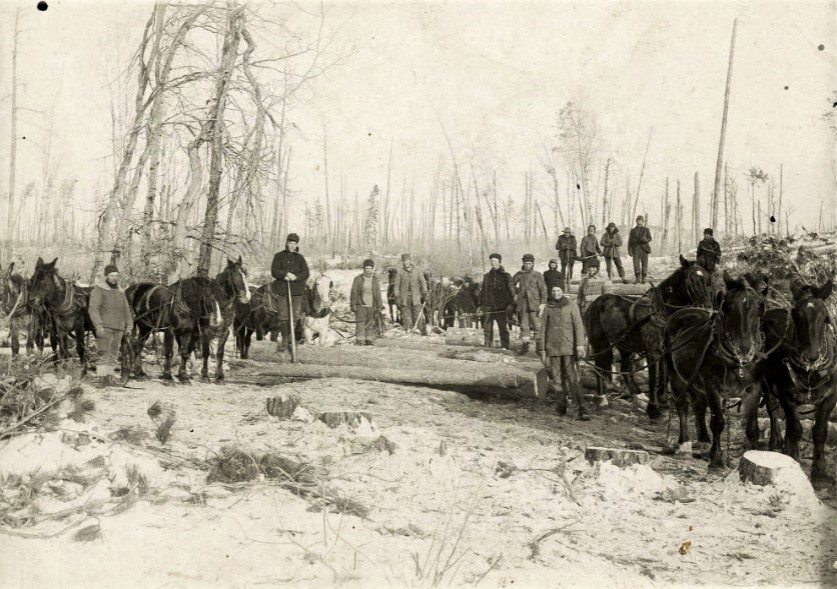
Lumber Industry in Minnesota
Learn how the lumber industry used natural resources, labor, technology, and transportation to harvest Minnesota's pine forests.
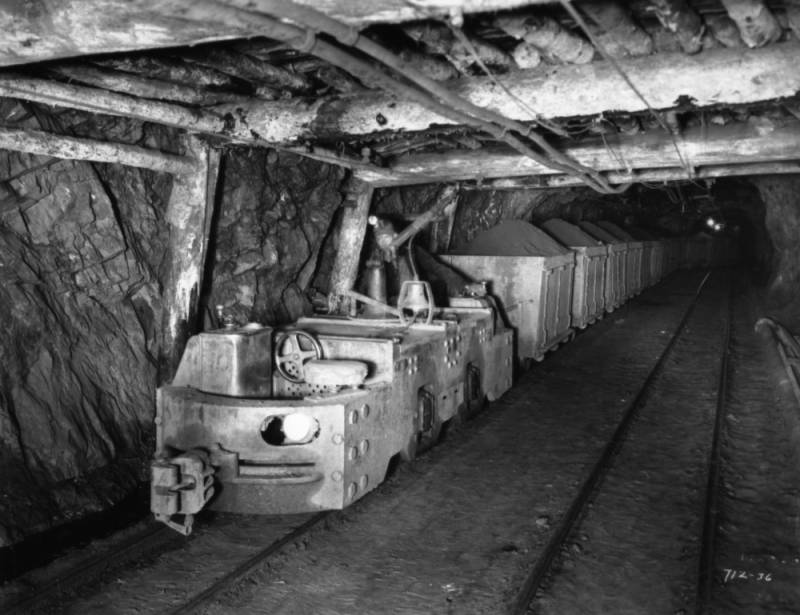
Mining on the Iron Range
Learn about Minnesota's Iron Range, the immigrants who settled there and how iron mining has helped shape Minnesota.
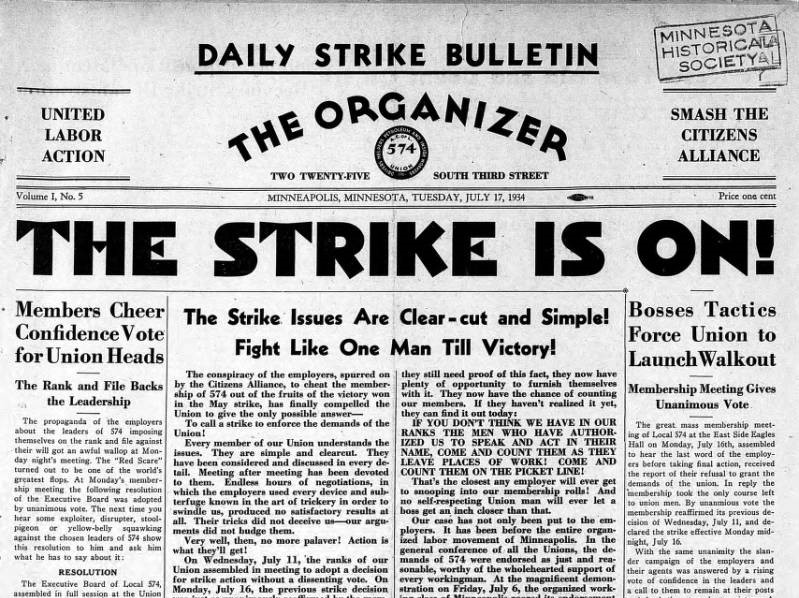
Minneapolis Teamsters Strike of 1934
One of the most violent labor disputes in state history took place at the height of the Depression.